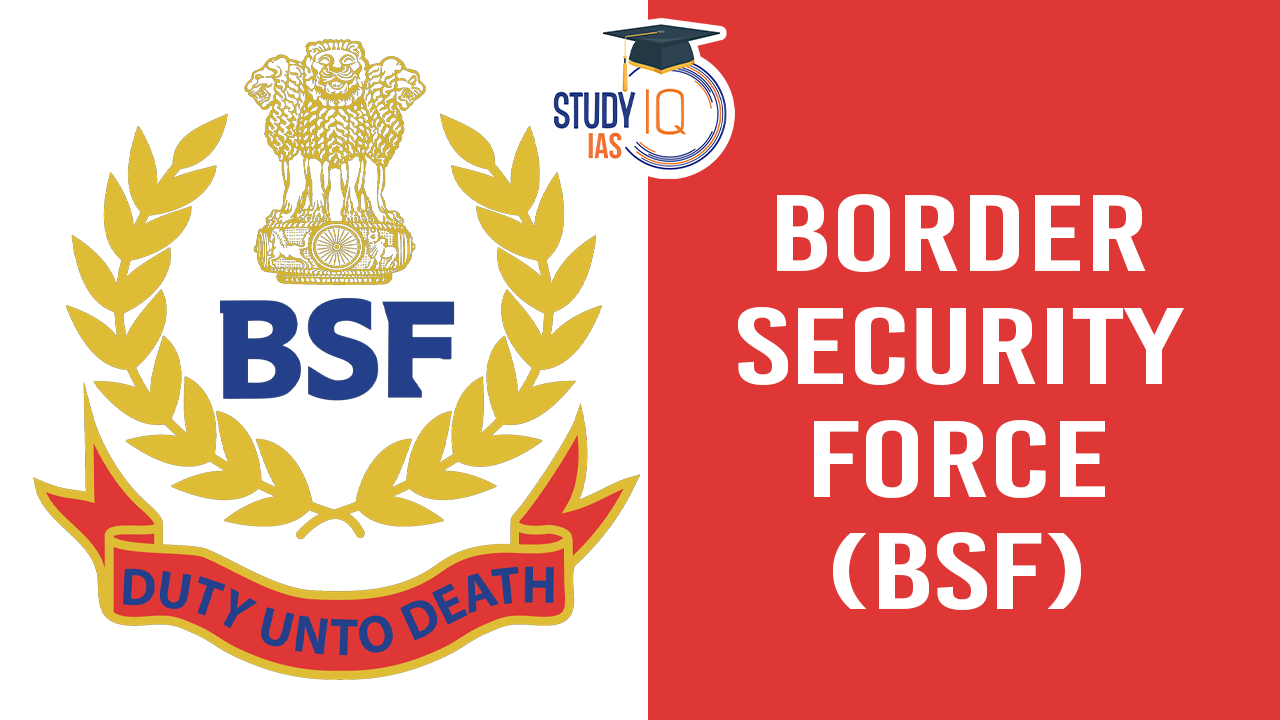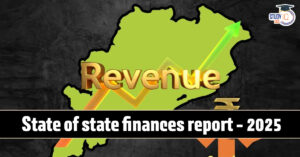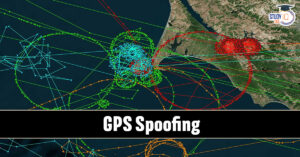Table of Contents
The Border Security Force (BSF) of India recently refuted a claim made by a Border Guard Bangladesh (BGB) officer, who purportedly asserted that Bangladesh had taken control of a 5-km stretch of Indian territory along the international border in the Ranghat area of North 24 Parganas, West Bengal. This claim, made in a video that circulated widely, caused brief tensions between the two forces. However, the BSF dismissed the claim as “baseless and irresponsible,” asserting that there had been no change in the ground situation.
Border Fencing on in West Bengal despite BGB Objections
- Recently BGB (Border Guard Force, Bangladesh) raised objections to the fencing carried on by the Border Security Force (BSF) on the border between India & Bangladesh, alleging territorial issues.
- BSF clarified that the fencing work was well within Indian territory and posed no infringement.
- This confrontation took place near Sukdepur and Ranaghat village area in North 24 Parganas district (West Bengal).
- West Bengal shares a 2,216-km border with Bangladesh. Much of this is unfenced making the border porous and susceptible to smuggling.
Facts
- Longest border between any 2 countries in the world:
- 1st – USA & Canada
- 2nd – Kazakhstan-Russia
- 3rd – Argentina-Chile
- 6th – India & Bangladesh
- India has 15,106.7 Km of land border and a coastline of 7,516.6 Km including island territories.
- India shares its land border with 7 Countries: Bangladesh (4,096 km), China (3,488 km), Pakistan (3,323 km), Nepal (1,751 km), Myanmar (1,643 km), Bhutan (699 km) & Afghanistan (106 km).
This article provides a detailed overview of the BSF’s responsibilities, operations, and significance in India’s national security.
Historical Background of BSF
The BSF was established on December 1, 1965, following the India-Pakistan war. The force was created to ensure the security of India’s borders and to counteract any aggressive activities from neighbouring countries. Since its inception, the BSF has grown in strength and capability, becoming a vital component of India’s defence strategy.
Organizational Structure of BSF
The BSF operates under the Ministry of Home Affairs (MHA) and is led by a Director General. The force is divided into various battalions, each responsible for a specific section of India’s borders. The BSF is further organized into sectors, which are grouped into frontiers. Each frontier oversees multiple sectors, ensuring comprehensive border management.
| Rank | Role/Designation | Responsibilities |
|---|---|---|
| Director General (DG) | Highest rank in BSF | Overall supervision of the force, policy formulation, strategic planning, and national security coordination. |
| Additional Director General (ADG) | Senior official, assisting the DG | Assists in managing operations and overseeing multiple regions, providing strategic and operational guidance. |
| Inspector General (IG) | Senior officer overseeing a specific sector or region | Manages regional commands, ensures border security, and implements central directives at the regional level. |
| Deputy Inspector General (DIG) | Supervises operations in a sector or area of responsibility | Oversees field operations, coordinates with local authorities, and ensures the smooth running of border security. |
| Commandant | Leads battalions or units within a specific border sector | Responsible for leading battalions, managing field operations, and ensuring the security of border posts. |
| Second-in-Command (2IC) | Assists the Commandant in operational duties | Supports the Commandant in managing personnel, operations, and logistics at the battalion level. |
| Deputy Commandant | Junior officer assisting in leadership at the battalion level | Manages personnel, oversees security measures, and ensures execution of orders within battalion limits. |
| Assistant Commandant | Junior officer, leading smaller units within a battalion | Supervises specific sectors, patrols, and directs frontline personnel to carry out border security duties. |
| Subedar Major | Senior non-commissioned officer (NCO) | Senior advisor to Commandants, manages NCOs and troops, ensures discipline and performance in the field. |
| Subedar | NCO assisting in commanding smaller units | Leads patrols, manages teams in field operations, and ensures effective implementation of security strategies. |
| Naik | Junior NCO | Assists in leading small teams, maintaining discipline, and executing operational tasks at the grassroots level. |
| Constable | Basic-level operational staff | Engaged in day-to-day border patrolling, security enforcement, and responding to immediate threats at border posts. |
Key Roles and Responsibilities of BSF
- Border Surveillance and Patrolling: The BSF is tasked with maintaining strict surveillance along India’s international borders. This includes patrolling land and riverine borders to prevent illegal crossings and smuggling.
- Counter-Insurgency Operations: In addition to border security, the BSF is deployed in counter-insurgency operations in various parts of the country, particularly in areas affected by militancy.
- Disaster Response: The BSF also plays a significant role in disaster response and humanitarian assistance during natural calamities.
- Community Engagement: The BSF engages with local communities in border areas, fostering trust and cooperation through various civic action programs.
BSF’s Role in India-Bangladesh Border Management
The India-Bangladesh border is one of the most sensitive and active borders managed by the BSF. The force is responsible for preventing illegal immigration, smuggling, and other cross-border crimes.
Recent Developments: Addressing the BGB Controversy
In a recent incident, a Border Guard Bangladesh (BGB) officer claimed that Bangladesh had taken control of a 5-km stretch on the Indian side of the international border in North 24 Parganas district. The BSF promptly dismissed these claims as “baseless and irresponsible.”
According to BSF Deputy Inspector General (DIG) NK Pandey, there has been no change on the ground. The dispute centered around the Kodala river, which is shared by both India and Bangladesh, with fishing activities taking place on both sides. The BSF clarified that their patrolling and access to the river continue as usual.
This claim by the BGB officer was captured in a purported video, which led to temporary tension in the border area. However, BSF officials emphasized that the situation remained under control, and there was no change in the territorial status. The Kodala River, flowing near the Moheshpur area of the Jhenaidah district in Bangladesh, has historically been a shared resource, and both nations have conducted joint fishing and patrolling activities.
Fencing Projects and Infrastructure Development
To enhance border security, the BSF is actively involved in constructing fencing along vulnerable sections of the India-Bangladesh border. The fencing project in Malda district’s Sukdevpur area is a key part of this initiative. Despite initial objections from the BGB, the BSF ensured that the situation was resolved amicably, and the construction work resumed.
Officials noted that the BGB initially raised concerns about the location of the fence and temporarily halted the installation. However, after discussions between BSF and BGB officials, the matter was resolved, and the situation returned to normal. The Central government’s Road Works Department, in collaboration with the BSF, continues to work on the project, ensuring better security and management of the border.
Challenges Faced by the BSF
The BSF encounters several challenges in fulfilling its duties:
- Difficult Terrain: The diverse terrain, including deserts, mountains, and riverine areas, poses significant challenges to border patrolling and surveillance.
- Cross-Border Tensions: Periodic tensions with neighbouring countries require the BSF to remain vigilant and ready to respond to any provocations.
- Smuggling and Illegal Activities: The BSF continually combats smuggling, human trafficking, and other illegal activities along the borders.
Technological Advancements
To address these challenges, the BSF has adopted various technological advancements:
- Surveillance Equipment: The deployment of high-tech surveillance equipment, including drones, night vision devices, and radar systems, has enhanced the BSF’s ability to monitor border activities.
- Communication Systems: Modern communication systems ensure efficient coordination between different BSF units and other security agencies.
- Training and Modernization: Continuous training and modernization of equipment and tactics are integral to the BSF’s operational effectiveness.
Conclusion
The Border Security Force (BSF) is a cornerstone of India’s national security framework. Its unwavering commitment to protecting the nation’s borders, coupled with its ability to adapt to evolving challenges, underscores its importance. As India continues to face complex security dynamics, the BSF’s role remains indispensable in ensuring peace, stability, and security along its borders.


 State of State Finances Report 2025: Key...
State of State Finances Report 2025: Key...
 India AI Governance Guidelines 2025: Ena...
India AI Governance Guidelines 2025: Ena...
 GPS Spoofing: Meaning, Working, Types, I...
GPS Spoofing: Meaning, Working, Types, I...
























